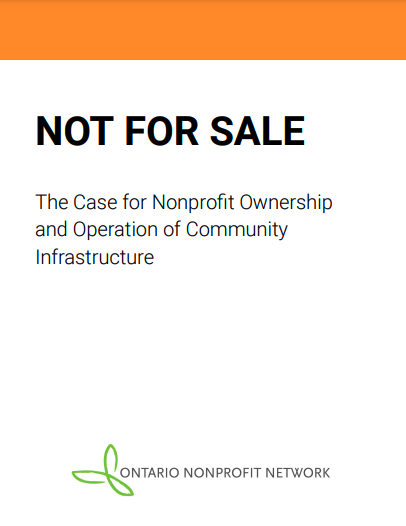Following decades of under-investment, much of our community infrastructure is in urgent need of renewal. Schools and hospitals in disrepair, the need for more long-term care beds for our aging population, a lack of affordable housing, insufficient addiction and mental health clinics. The list is long and governments are reluctant to incur more debt even for capital infrastructure. Governments are caught in an impossible situation. Pressure is enormous to provide services, facilities and support to people yet governments believe they must do without incurring more debt. Meanwhile, over the same period, the world has seen unprecedented accumulation of capital in the private sector. Private investors, always on the lookout for lucrative stable investments, have been actively offering to rescue governments from their cash shortages. The private sector can and will put up the capital to build the hospitals, drug treatment clinics, and nursing homes. In many instances the private investor also operates the facility with operating funds from the government. It sounds like a great solution to a serious problem. But is it? What are the implications of using private capital to build and operate community assets?
The Case for Nonprofit Ownership and Operation of Community Infrastructure
ORGANIZATION:
Ontario Nonprofit Network
Year: 2018





